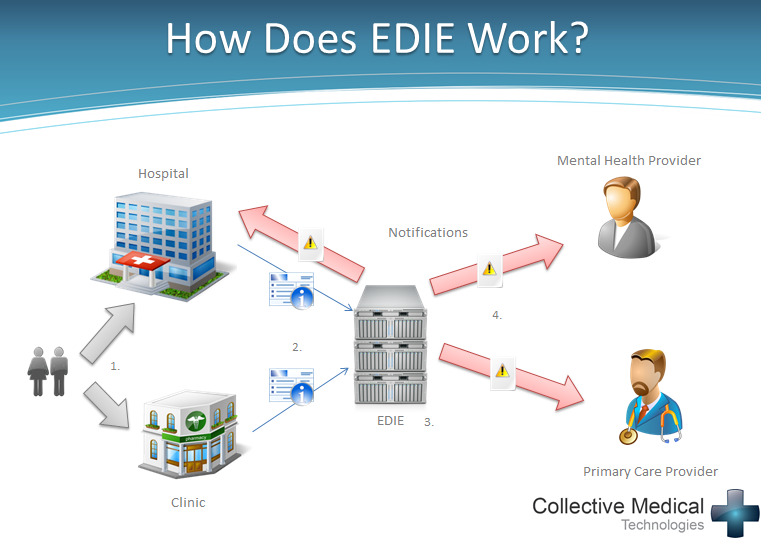Not too long ago, I was getting my hair cut, when up came that softball conversation we’ve all had in the stylist’s chair. So, do you have kids? Yep, ages seven and four. So, what do you do for work? I work in Healthcare IT at a local hospital.
“Oh yeah, I need to stop by that hospital ER later today. My arm has been bothering me…”
I tried not to show too much emotion, because this girl hit a nerve with me. I managed to calmly advise that it would be a lot better if she would at least go to the Urgent Care; then go about getting a primary care doctor. Besides, nobody wants an angry hair stylist standing over them with scissors. Bottom line, you don’t have to be a genius to know that the ER is more expensive for insurance, taxpayers, and the whole healthcare system. Emergency Room overuse is a big problem for all of us for several reasons:
- The costs are much higher than for other care environments
- The costs are more likely to be written off as losses
- The focus is on responding to visits that are not always urgent, as if they were
A 2010 study by the Rand Corporation indicated that unnecessary ER visits cost the US healthcare system $4.4 Billion annually. The good news is that there are some organizations who are using technology to cut down on emergency room abuse. In 2013 the Washington State Hospital Association launched a technology program called EDIE, which stands for Emergency Department Information Exchange. About 30 hospitals participated in a type of health technology exchange, in which details about ED visits were collected by the EDIE system.
The system revealed widespread abuse by patients who overused the ER. Typically sprains and strains, upper respiratory infections, and urinary tract infections should not be handled by the same unit that cares for auto accidents and gunshot wounds. There was one patient who had used the ER over 300 times in one year for those kinds of issues. The State does not use the data to just arbitrarily cut off those who overuse the ER. They allow a certain number of ER visits per year for some conditions, then notify patients and Healthcare providers if a patient bumps up against those limits.
Additionally, the system has been successful in identifying “narcotic shoppers” who show up at many different facilities with the same complaint, in search of multiple pain med prescriptions. Here are some of the amazing results from the Hospital Association review:
- The rate of emergency department visits declined by 9.9 percent
- The rate of “frequent visitors” (five or more visits annually) dropped by 10.7 percent
- The rate of visits resulting in a scheduled drug prescription fell by 24 percent
- The rate of visits with a low-acuity (less serious) diagnosis decreased by 14.2 percent
Here is a descriptive graphic from Collective Medical Technologies, who implemented the EDIE system:

What this all means is that the adoption of advanced data analysis can result in lower cost to all of us, and better care for those on the edges of society.
Next Up:



